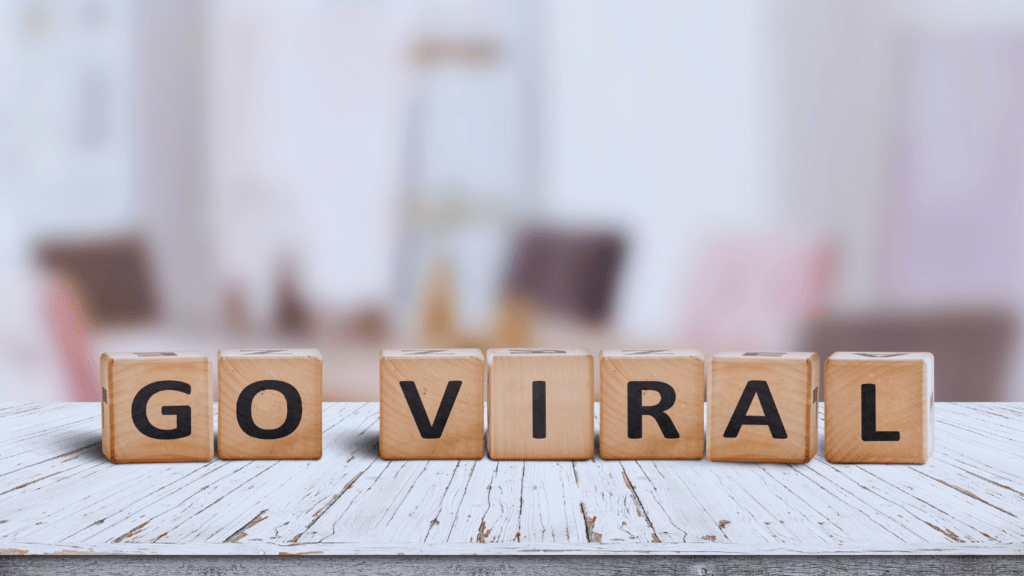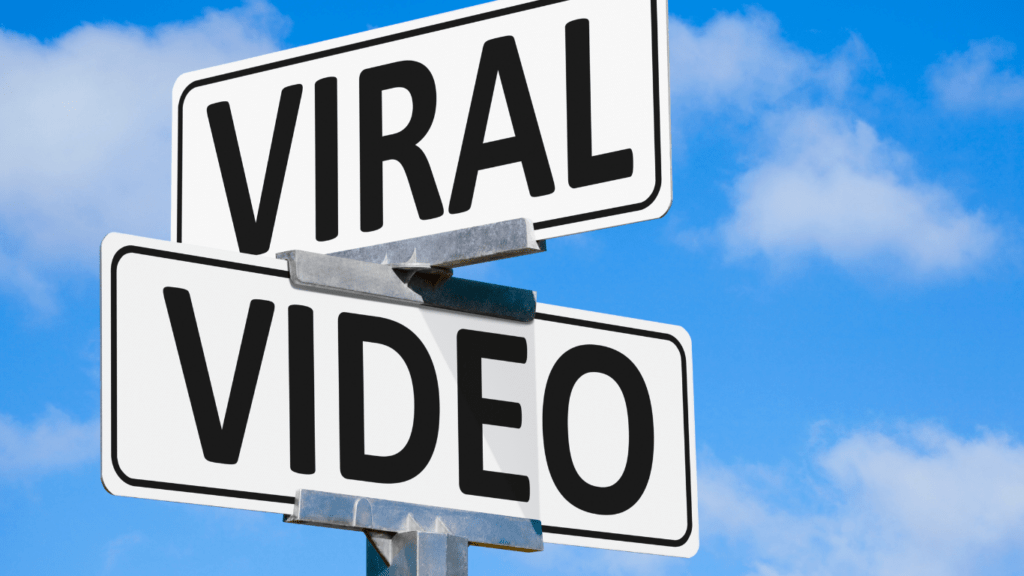Ever wonder why some trends take the internet by storm while others barely make a ripple? It’s not just luck—there’s a fascinating science behind why certain content spreads like wildfire. From catchy memes to viral challenges, the digital world thrives on patterns and psychology that drive people to click, share, and engage.
Understanding Virality
Virality refers to how digital content spreads rapidly through networks, capturing widespread attention in a short time. Examining its core principles sheds light on how ideas, trends, and messages dominate the online space.
Definition Of Virality
Virality describes the rapid dissemination of content via online platforms, powered by sharing and engagement. Content goes viral when it achieves exponential growth in visibility and interaction, often triggered by emotional resonance, shareability, or exposure to large networks.
For example, viral meme formats like “Distracted Boyfriend” or concise video challenges such as the “Ice Bucket Challenge” owe their success to their easily replicable and shareable nature. Algorithms on platforms like TikTok and Facebook often amplify visibility, further driving the virality cycle.
Brief History Of Viral Trends
Viral trends existed long before social media but gained speed and scale with Internet adoption. Early examples include email chain messages in the 1990s and humorous videos like “Charlie Bit My Finger” in 2007, which achieved millions of views on YouTube.
As platforms evolved, the introduction of retweet, share, and like buttons enabled faster distribution of trends like the 2012 “Gangnam Style” or 2016’s “Mannequin Challenge.” By 2020, apps with short-form video formats like TikTok created a surge in viral dances and challenges, such as the “Renegade” and “Savage” routines.
Psychological Triggers Behind Viral Content

Viral content often taps into specific psychological factors that drive people to share it. Emotional resonance and social dynamics play a critical role in amplifying its reach.
The Role Of Emotions
Emotions significantly influence the shareability of content. High-arousal emotions like joy, surprise, or anger prompt immediate reactions. For example, heartwarming stories about acts of kindness often spread quickly because they evoke joy and inspiration. Negative emotions can also drive virality when they provoke outrage or shock, as seen in controversial news stories or posts. People share emotionally charged content to express their feelings, connect with others, or spark discussions, ensuring the content reaches a wider audience.
The Power Of Social Proof
Social proof reinforces the likelihood of content going viral. People are more inclined to engage with and share content that already appears popular, as seen in trending hashtags or widely-liked videos. Metrics like:
- shares
- likes
- comments
signal trust and credibility, encouraging others to follow suit. For instance, viral challenges on platforms like TikTok combine visible participation with a fear of missing out (FOMO), motivating users to replicate and share the trend. Social proof creates a cascading effect, accelerating the spread of the content.
Key Elements Of Viral Trends
Understanding why some trends go viral starts with identifying key elements that drive widespread online sharing. These factors blend psychology, content design, and platform algorithms.
Relatability And Resonance
- Relatable content connects with users’ personal experiences, beliefs, or emotions.
- When audiences see aspects of their lives reflected in a trend, they’re more likely to share it. For example, memes about work struggles or parenting humor tap into shared experiences, sparking engagement.
- Creating resonance often involves addressing universal themes, like success, relationships, or cultural moments.
- Trends aligning with current events or societal sentiments gain traction quickly, as they become part of an ongoing conversation.
- This emotional or contextual alignment strengthens their viral potential.
Visual Appeal And Shareability
Visually appealing content grabs attention faster than text-heavy posts. Bright colors, engaging visuals, and dynamic edits make videos and images stand out in crowded social feeds. For instance, TikTok challenges succeeding often leverage eye-catching effects and well-orchestrated visuals.
Shareability depends on simplicity and adaptability. Content that’s easy to consume, remix, or replicate—like a catchy dance or a simple meme format—enables users to actively participate. Easy access to templates or tools for replication further fuels their spread, increasing engagement across platforms.
The Role Of Social Media Algorithms
Social media algorithms heavily influence the spread of viral content. These algorithms determine what users see, prioritizing content based on engagement and relevance.
Amplifying Engagement
Algorithms amplify engagement by promoting content with high interaction rates. Platforms like Facebook, Instagram, and TikTok use metrics such as likes, shares, comments, and watch time to identify popular posts. For example, TikTok’s “For You” page curates content tailored to user preferences, boosting videos with strong engagement metrics. This creates a feedback loop where popular content gains more visibility, further increasing interactions.
Machine learning models personalize feeds to align with individual interests. They analyze user behavior, such as viewing patterns and repeated interactions, to ensure content matches preferences. As a result, viral trends often originate from algorithms amplifying shareable and attention-grabbing material.
The Importance Of Timing
Algorithms also factor in timing to optimize virality. Platforms prioritize fresh content to encourage immediate engagement, which is why recent posts often appear at the top of feeds. Posting during peak activity hours increases the chance of visibility, as algorithms reward content that quickly garners reactions.
Seasonal trends and current events further shape algorithmic prioritization. For instance, holiday-related posts or breaking news stories often receive a temporary boost, capitalizing on relevance. Creators who align content release with trending topics or platform activity surges benefit from enhanced algorithm-driven exposure.



